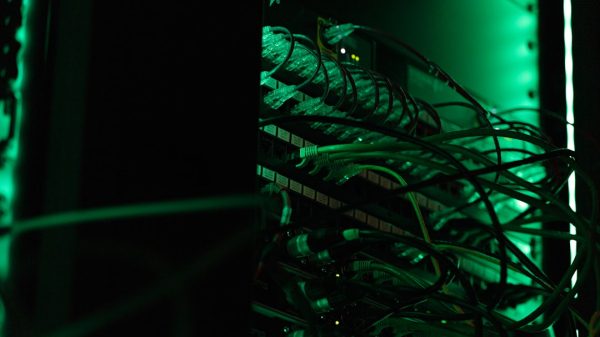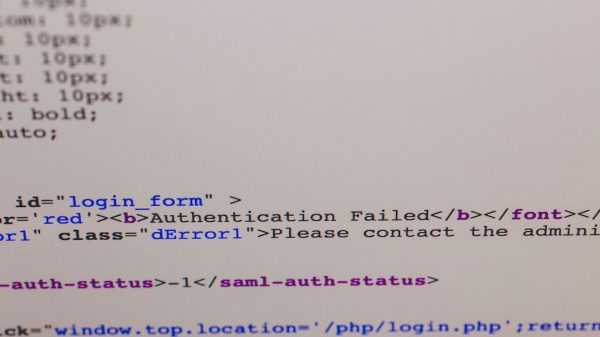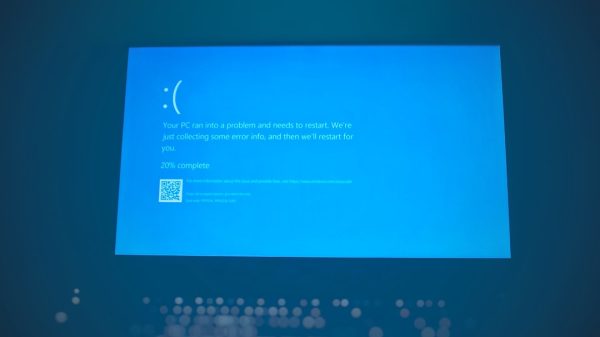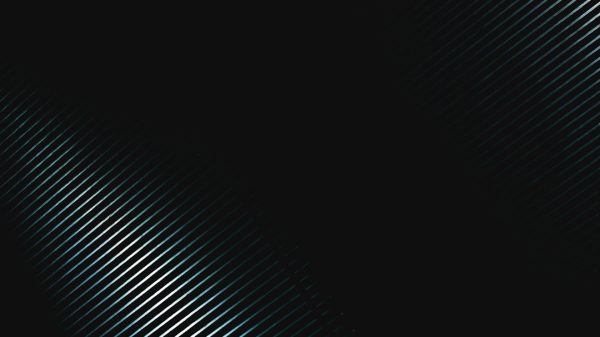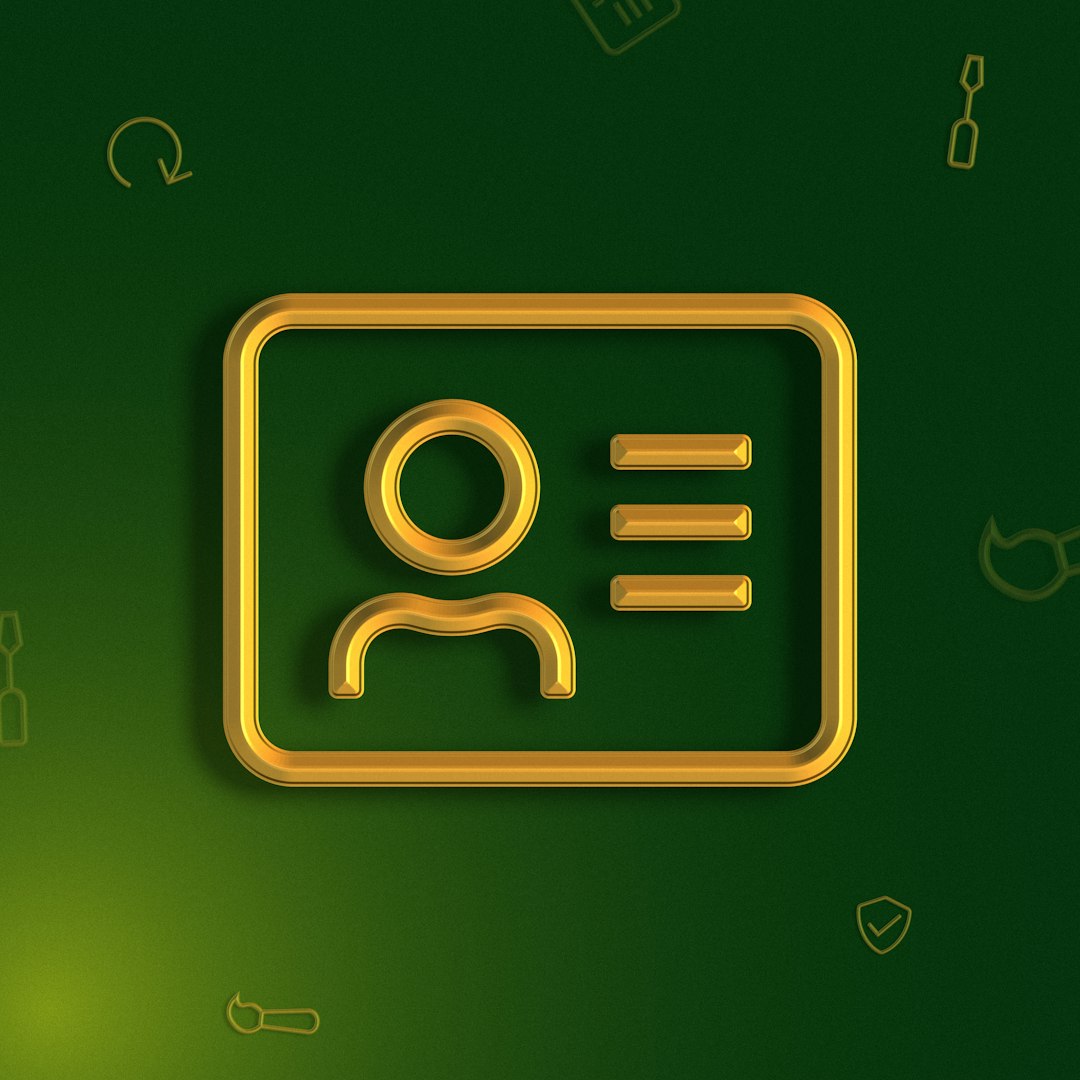In the world of technical SEO, ensuring your site’s canonical tags function properly is critical for both search engine indexing and user experience. One of the more subtle yet damaging issues is the alternate page canonical error, a misconfiguration that can lead to wasted crawl budgets, diluted search equity, and even ranking losses. Addressing these errors with precision and understanding how to detect them effectively is essential for anyone managing a small business website, enterprise platform, or SEO agency account.
What Is an Alternate Page Canonical Error?
An alternate page canonical error occurs when a page that is part of an alternate version—such as a mobile version, AMP page, or an hreflang-tagged version—incorrectly declares another page as the canonical, typically without reciprocation. This suggests to search engines that the alternate page should not be indexed at all, potentially removing valuable content from the search index or merging authority incorrectly.
These errors generally surface in ranking inconsistencies or drops in organic visibility for affected pages. Search engines like Google treat canonical tags as hints, not directives, but when multiple conflicting hints are provided, bots may ignore context or exclude important pages entirely.

Common Scenarios That Trigger Alternate Page Canonical Errors
Canonical errors often arise in websites managing complex content structures or working with various internationalization formats. The following are typical causes:
- Misconfigured hreflang implementations: where different language versions incorrectly canonicalize to the primary English version.
- AMP or mobile alternate linkage issues: when an AMP page has a canonical tag pointing to the desktop version without correct reciprocal rel=amphtml attributes.
- Filtered navigation or faceted search parameters: Canonical tags may be applied globally, causing filtered pages (which should be indexable) to be canonicalized incorrectly.
- Pagination and duplicate content mismanagement: Pages in a pagination series might use the same canonical tag instead of pointing to themselves or using rel=prev/next where applicable.
Knowing the source of the error can make resolving it significantly easier and faster.
Why Alternate Page Canonical Errors Matter
If alternate pages are mistakenly canonicalized:
- They may be dropped from the index entirely.
- Search engines may merge content signals incorrectly, giving ranking benefits to the wrong version of a page.
- Crawl budgets may be misused, hampering the indexing of new or updated content.
- Your analytics data can become inconsistent, making it harder to evaluate performance properly.
How to Detect Alternate Page Canonical Errors
Detection starts with regular audits. These errors are often caught during diagnostics in Google Search Console or by crawling the site using professional SEO auditing tools. Some of the most effective detection methods include:
1. Google Search Console
Within the “Pages” section, look for the crawl status categorized as “Alternate page with proper canonical tag.” Although it might seem like a non-error (since the tag is “proper”), the issue here is that the URL was not considered canonical and was excluded from the index.
2. Site Crawlers (e.g., Screaming Frog, Sitebulb)
Use custom searches and filters to identify discrepancies in canonical configurations:
- Search: Pages with canonical tags pointing to other URLs
- Compare: Canonical vs. self-referencing pages with cross-domain or intra-domain differences
- Flags to check: No reciprocal canonicals, mismatched hreflang and canonical settings, and incorrect “noindex” or “canonical” combinations
3. Manual Checks & Queries
Use Google queries to pinpoint canonical issues. Try:
site:example.com/"snippet of page title" -inurl:correct-path
If the expected alternate page doesn’t appear in the search results, and the only indexed version is the canonical page, you likely have a misconfigured canonical setup.
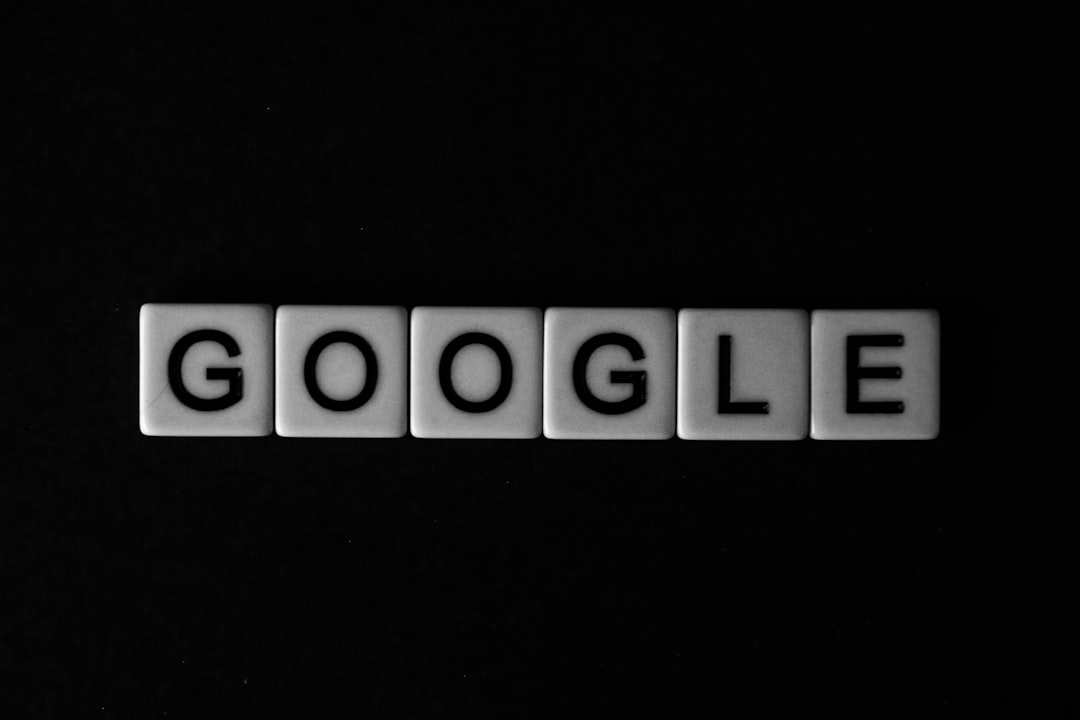
Fixing Alternate Page Canonical Errors: Step-by-Step
Once you’ve detected the source, addressing canonical errors involves a methodical, contextual fix. Here’s how to approach it:
Step 1: Identify Intent Behind the Canonical
Review why a canonical tag exists on the alternate version in the first place. Was the intention to consolidate duplicate pages, prevent indexing of thin content, or manage variants? If the page has standalone value, the canonical tag should point to itself.
Step 2: Apply Self-Referencing Canonicals
For truly unique alternate content (such as customized language pages or mobile-first versions), always use self-referencing canonical tags, unless explicitly consolidating content. This allows search engines to index the alternate properly if it offers standalone SEO value.
Step 3: Check and Correct Hreflang Integration
Ensure each language-specific URL includes a proper hreflang tag with a matching x-default or self-referencing entry and not canonicalized to a different-language page.
Step 4: Audit AMP and Mobile-Alternate Settings
AMP pages should canonically point to the desktop version, but the desktop version must include <link rel="amphtml" href="AMP-page-URL"> to complete the bidirectional relationship.
Step 5: Update CMS or Templates
If templates or CMS systems auto-inject canonical tags site-wide, override those for alternate content. Ensure that each unique page type has its correct canonical definition.
Step 6: Re-crawl and Validate
After implementing fixes, immediately trigger a re-crawl through Google Search Console’s URL Inspection Tool. Validate whether the alternate page is now indexable and recognized as a valid result.
Preventing Canonical Errors Going Forward
To reduce the likelihood of future alternate canonical issues, implement the following best practices:
- Segment audit protocols by page type: Template-based audits help reveal wide-scale canonical flaws.
- Automate crawler alerts: Use scheduled crawls in tools like Screaming Frog or Sitebulb to notify you of changes in canonical implementations.
- Include canonical fields in QA workflows: Include canonical review checkpoints in content and development pipelines.
Conclusion
Alternate page canonical errors may appear harmless on the surface, but their cumulative impact can be significant. Whether the root cause is a poorly configured CMS, errors in international targeting, or automation glitches, the consequences often involve misindexed content and underperforming pages.
By combining proactive detection via tools like Google Search Console and full-site crawlers with a methodical repair plan involving self-referencing canonicals, reciprocal alternate relationships, and QA automation, site owners can prevent SEO value leakage and ensure optimal discoverability moving forward.
In SEO, details matter. Canonical tags may be simple HTML elements, but their reach influences entire content strategies. Prioritizing their correct implementation is not optional—it’s mission critical.











